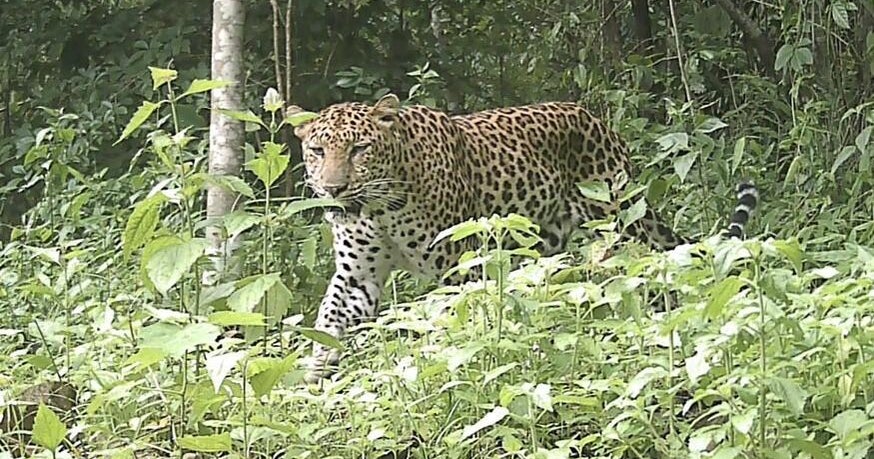Critically endangered leopard caught on camera in forest
Critically endangered leopard caught on camera in forest

The predator was once widely seen in forested areas. Habitat loss, lack of prey and poaching are key contributors to the loss of leopards, experts say.
Read the full article on CBS World
Truth Analysis
Analysis Summary:
The article's accuracy is mixed. While the general claim about threats to leopards is likely true, the article lacks specific details about the leopard species and location, making verification difficult. The article exhibits a moderate bias by focusing on the negative aspects of leopard conservation without providing a balanced perspective.
Detailed Analysis:
- Claim:** "Critically endangered leopard caught on camera in forest" - This claim is partially verifiable. While several sources mention camera traps being used to photograph endangered leopards (Verification Source #1, Verification Source #2, Verification Source #3, Verification Source #5), they primarily focus on Amur leopards. The CBS article doesn't specify the leopard species or location beyond "forest," making it difficult to confirm if the leopard in question is critically endangered. Verification Source #4 discusses a critically endangered deer caught on camera, showing that camera traps are used for various species.
- Claim:** "The predator was once widely seen in forested areas." - This is a general statement that is likely true for many leopard species, but without specifying the species or location, it's difficult to verify with the provided sources.
- Claim:** "Habitat loss, lack of prey and poaching are key contributors to the loss of leopards, experts say." - This is a generally accepted cause of leopard decline. However, none of the provided sources directly support this specific statement. *Internal Knowledge:* This is a well-known threat to many species, including leopards.
Supporting Evidence/Contradictions:
- Agreement: Several sources (Verification Source #1, Verification Source #2, Verification Source #3, Verification Source #5) confirm the use of camera traps for monitoring endangered species, including leopards.
- Lack of Coverage: The provided sources do not specifically confirm the claims about the leopard in the CBS article, nor do they directly support the statement about habitat loss, lack of prey, and poaching as the primary causes of leopard decline.
- Contradiction: None of the provided sources directly contradict the claims in the CBS article, but the lack of specific details in the CBS article makes direct verification impossible. The sources primarily focus on Amur leopards, while the CBS article doesn't specify the species.
